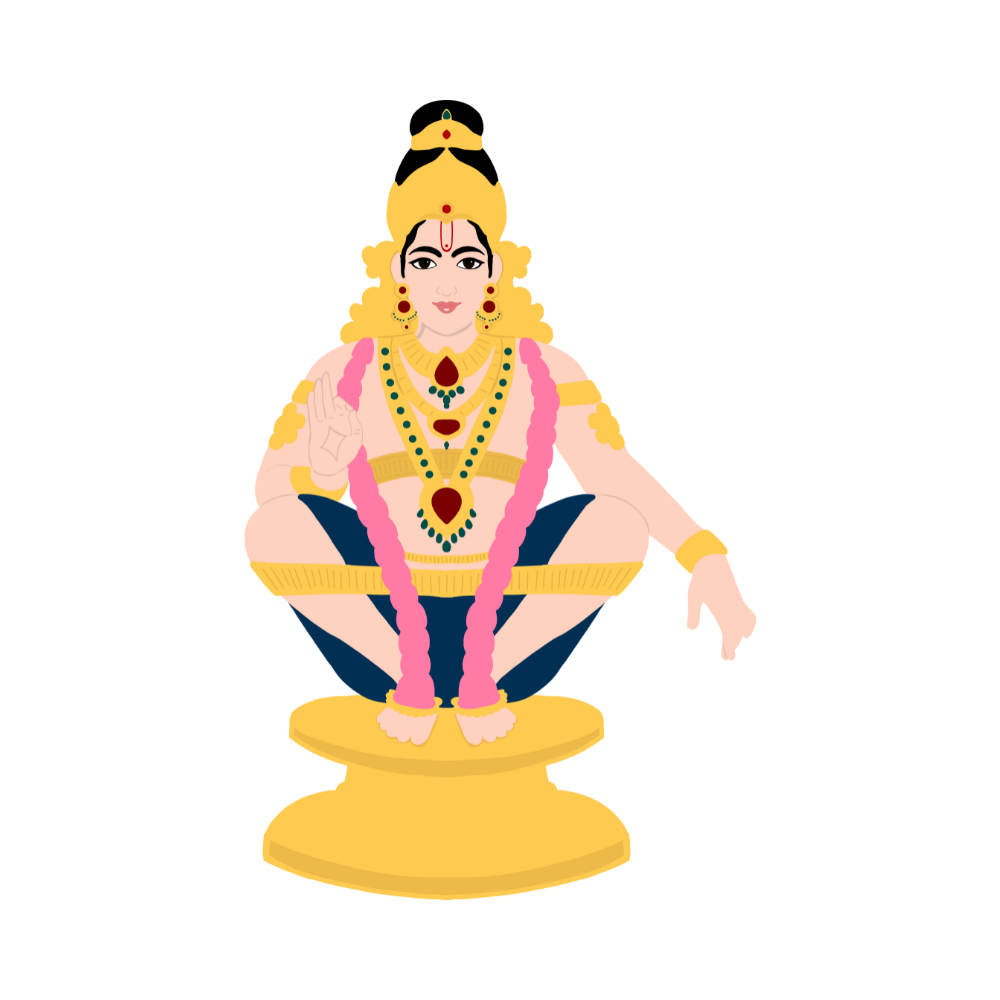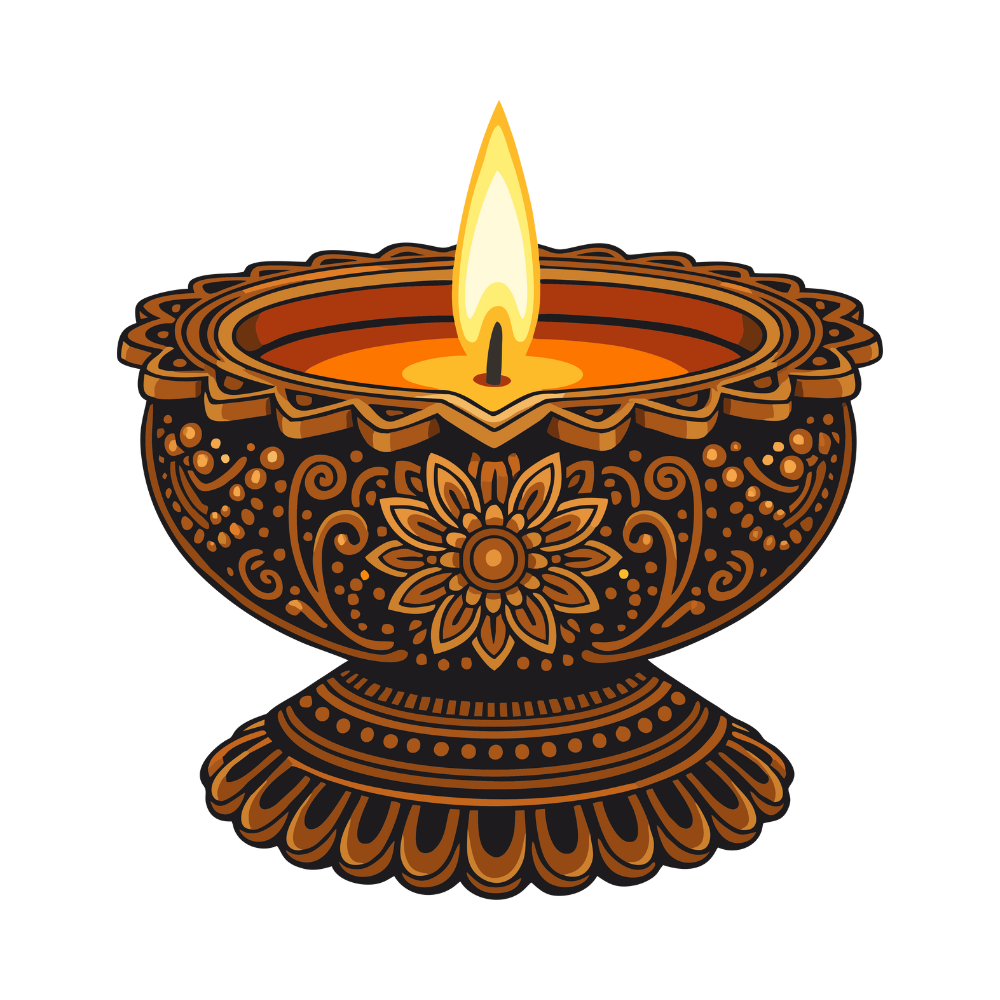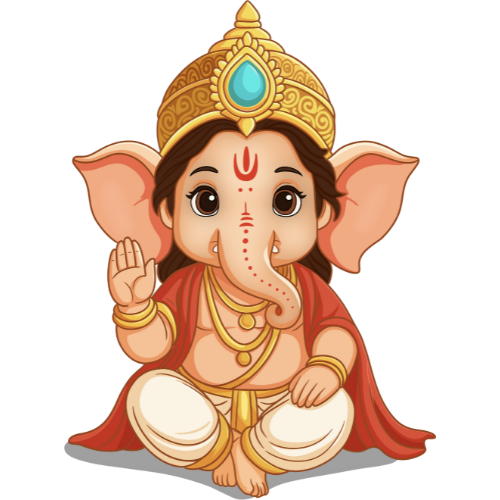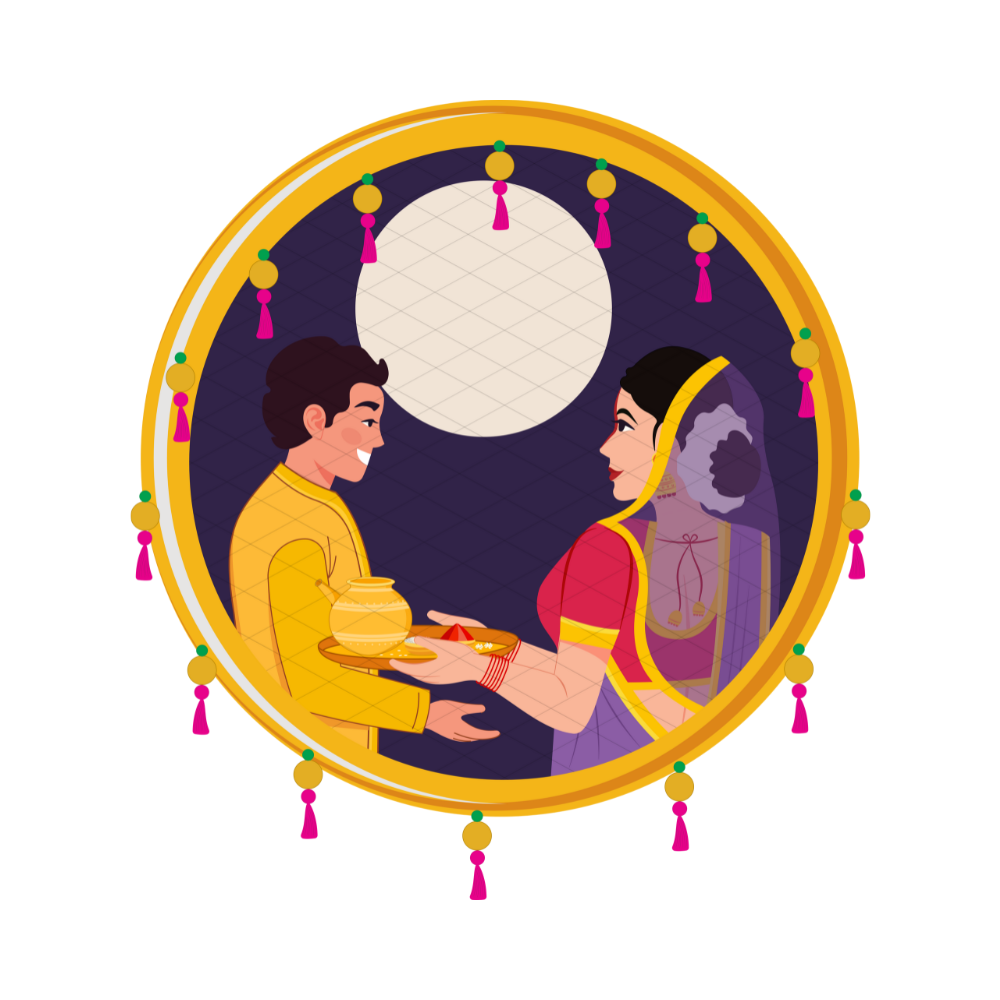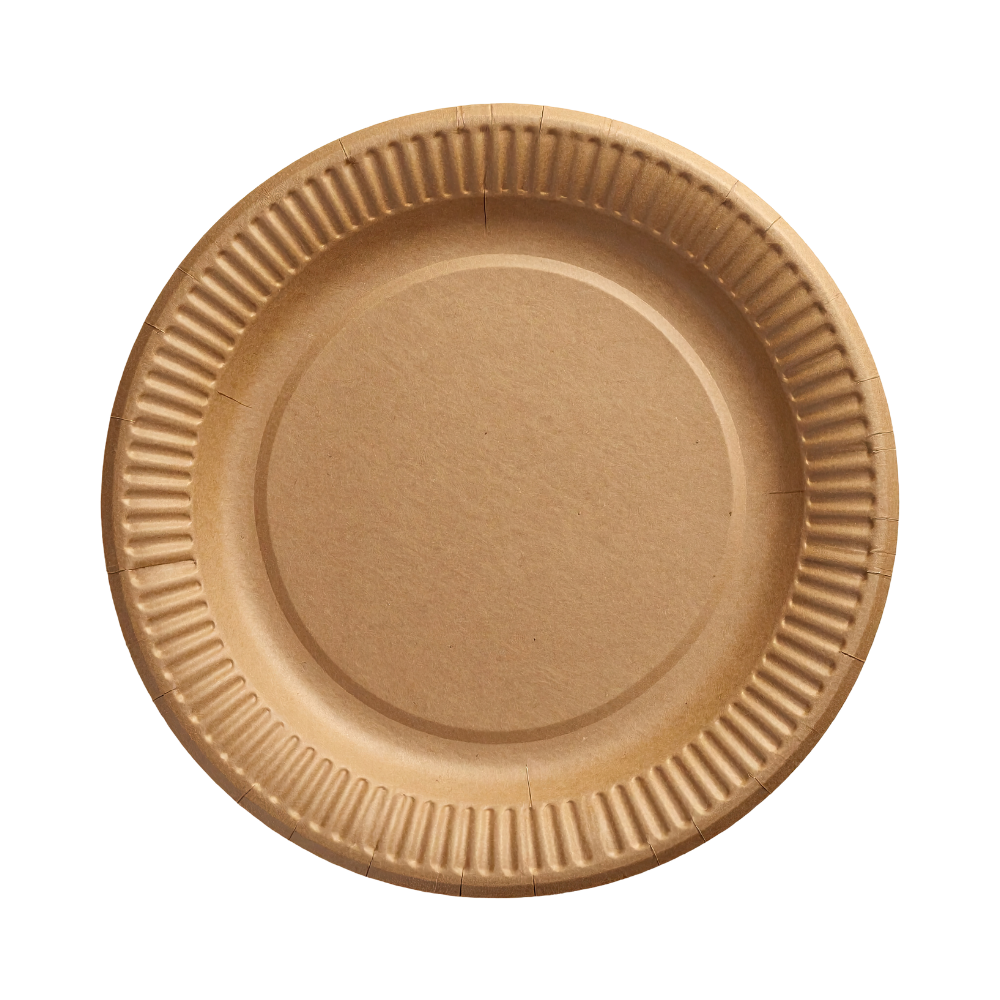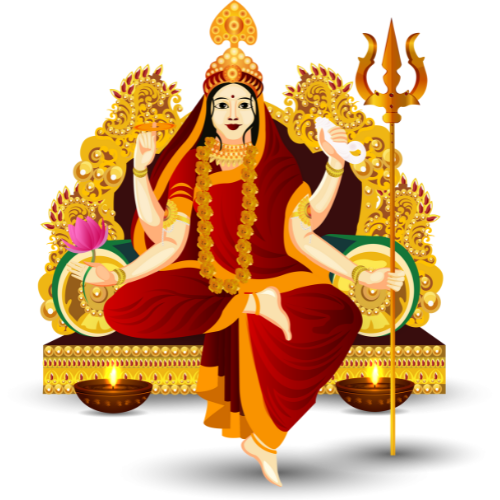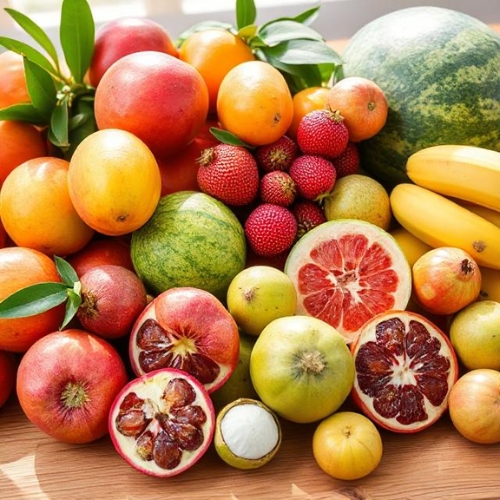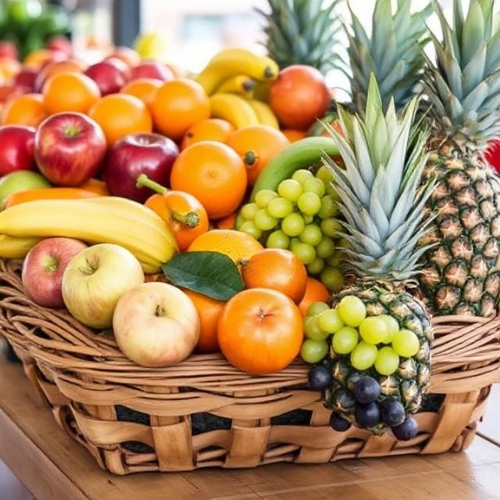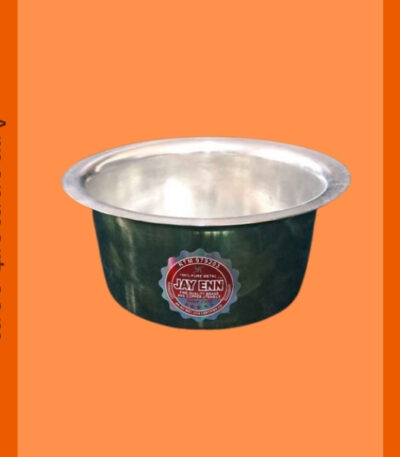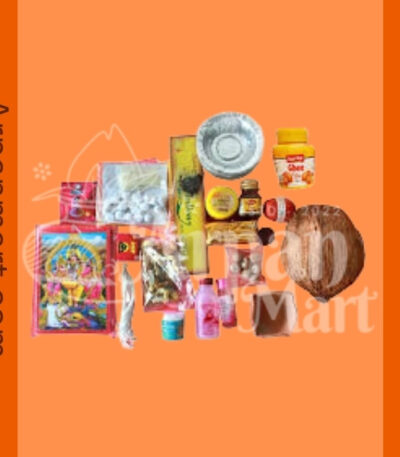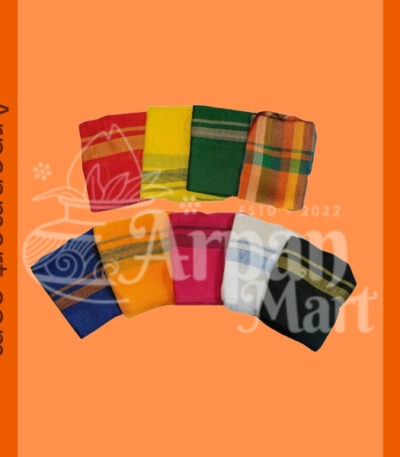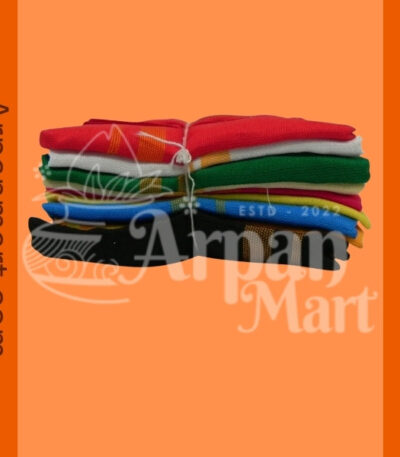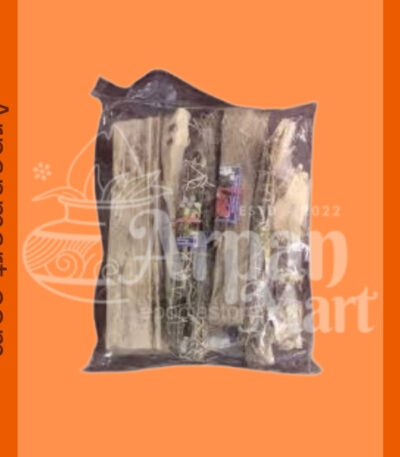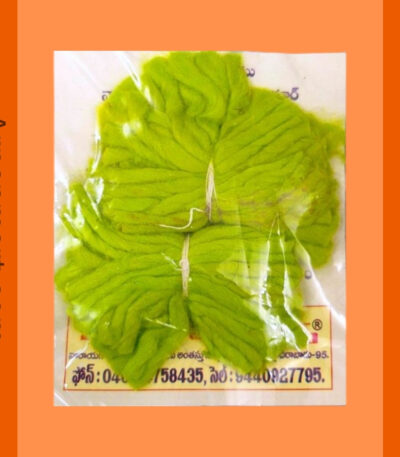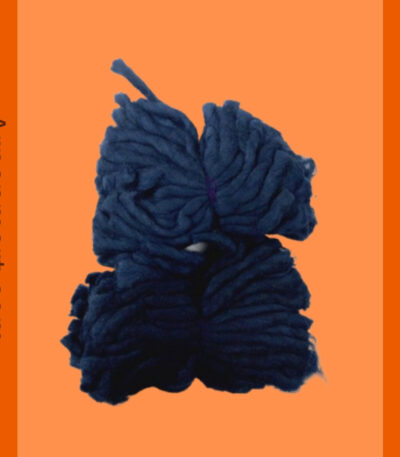Filter by price
By Weight
Categories
Showing 673–684 of 1126 results
Namakaranam Puja Kit
$175.00Namakaranam (also known as Namakarana or Name-Calling Ceremony) is a traditional Hindu ritual performed to give a newborn child their name.
The Namakaranam Puja Kit contains all the essential items required to perform this ritual and invoke divine blessings for the child.
Chamanthi (Mixed)
From $12.00Arpan Mart proudly presents Fresh Chamanthi (Chrysanthemum) String flowers commonly known as chrysanthemums, are highly prized for their variety, vibrant colors, and intricate petal structures.
Available in 1, 2, 3, 4, 5 Plus feet stings and in custome sizes available for all pre orders.
Please place your order minimum one week ahead for on time delivery.
Natraj Camphor (Karpoor) Regular (50g)
$4.99Natraj Camphor (known as Karpoor in Sanskrit and other Indian languages) is a highly aromatic substance that plays an essential role in Hindu rituals and pujas.
It is a white, crystalline solid derived from the Cinnamomum Natraj Camphor tree, found primarily in Asia, including India. Camphor is known for its strong fragrance and its association with the sacred, purity, and spiritual illumination.
Natural Soojo Rava
From $4.99Natural Soojo Rava, also known as semolina, is a coarse flour made from durum wheat.
While it is a popular ingredient in Indian cooking, it also holds a significant place in various Hindu rituals and ceremonies.
It is often used in the preparation of prasadam (sacred offerings) and symbolic rituals during pujas.
Navadhanyam (Navdhan) Mixed
From $3.99Navadhanyam Mixed (Nine Grains) are a crucial component in Hindu rituals and pujas, symbolizing fertility, prosperity, and the blessings of the Navagrahas (nine planetary deities).
The grains are offered to invoke their favor and ensure harmony and well-being in life.
Navadhanyam (Navdhan) Pack
From $3.99Navadhanyam (Nine Grains) Pack are a crucial component in Hindu rituals and pujas, symbolizing fertility, prosperity, and the blessings of the Navagrahas (nine planetary deities).
The grains are offered to invoke their favor and ensure harmony and well-being in life.
Navagraha (9) Cloth
$9.99Navagraha cloth refers to nine colored fabrics used in rituals and pujas dedicated to the Navagrahas (the nine celestial planets).
Each cloth is associated with a specific planet and its corresponding energy, helping balance planetary influences and invite prosperity, protection, and harmony into one’s life.
Navagraha Puja Kit
$250.00
Arpan Mart proudly presents Fresh Marigold (Banthi) Flowers are vibrant and cheerful blooms that are widely celebrated for their striking colors and diverse uses.
Navagraha Samidha (Packs)
From $6.99Navagraha Samidha
Arpan proudly presents
Product Imported from India.
Please place your Order one week ahead for on time delivery.
Online Sports Nutrition and Natural Dietetics.
Chances are there wasn't collaboration, communication, and checkpoints, there wasn't a process agreed upon or specified with the granularity required. It's content strategy gone awry right from the start. Forswearing the use of Lorem Ipsum wouldn't have helped, won't help now. It's like saying you're a bad designer, use less bold text, don't use italics in every other paragraph. True enough, but that's not all that it takes to get things back on track.
The villagers are out there with a vengeance to get that Frankenstein
You made all the required mock ups for commissioned layout, got all the approvals, built a tested code base or had them built, you decided on a content management system, got a license for it or adapted:
- The toppings you may chose for that TV dinner pizza slice when you forgot to shop for foods, the paint you may slap on your face to impress the new boss is your business.
- But what about your daily bread? Design comps, layouts, wireframes—will your clients accept that you go about things the facile way?
- Authorities in our business will tell in no uncertain terms that Lorem Ipsum is that huge, huge no no to forswear forever.
- Not so fast, I'd say, there are some redeeming factors in favor of greeking text, as its use is merely the symptom of a worse problem to take into consideration.
- Websites in professional use templating systems.
- Commercial publishing platforms and content management systems ensure that you can show different text, different data using the same template.
- When it's about controlling hundreds of articles, product pages for web shops, or user profiles in social networks, all of them potentially with different sizes, formats, rules for differing elements things can break, designs agreed upon can have unintended consequences and look much different than expected.
This is quite a problem to solve, but just doing without greeking text won't fix it. Using test items of real content and data in designs will help, but there's no guarantee that every oddity will be found and corrected. Do you want to be sure? Then a prototype or beta site with real content published from the real CMS is needed—but you’re not going that far until you go through an initial design cycle.


 Ganesh Chaturthi
Ganesh Chaturthi Krishnashtami
Krishnashtami Varalaxmi Puja
Varalaxmi Puja Navratri Special
Navratri Special Karva Chauth
Karva Chauth Diwali
Diwali Ayyappa Deeksha
Ayyappa Deeksha

